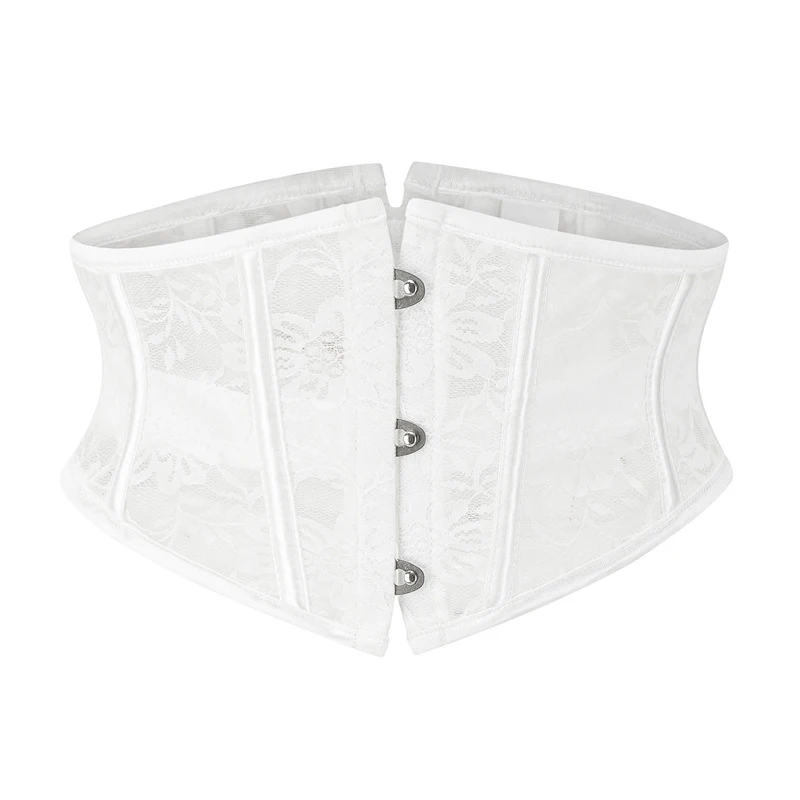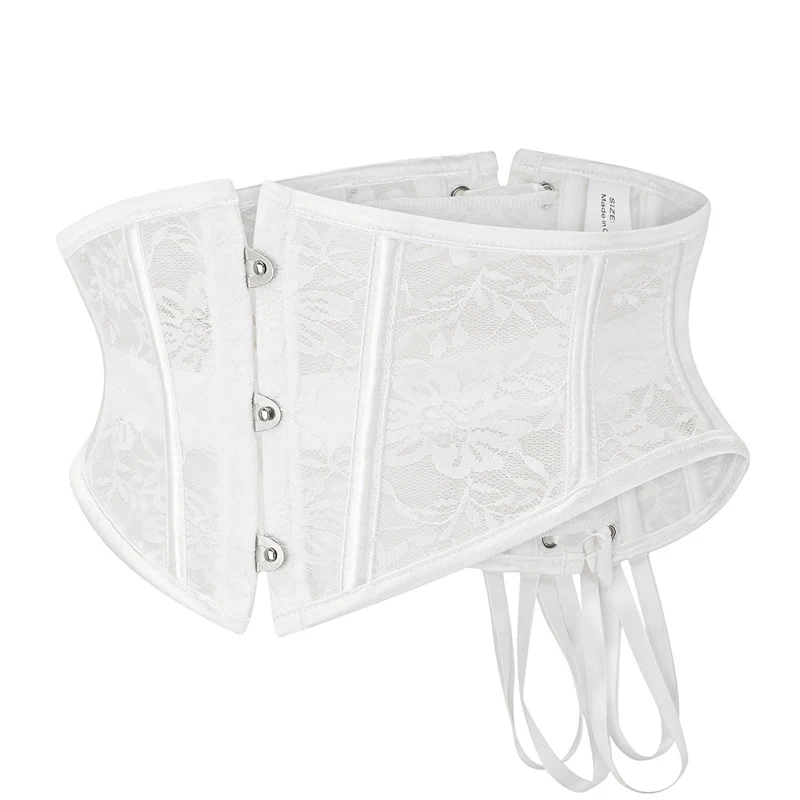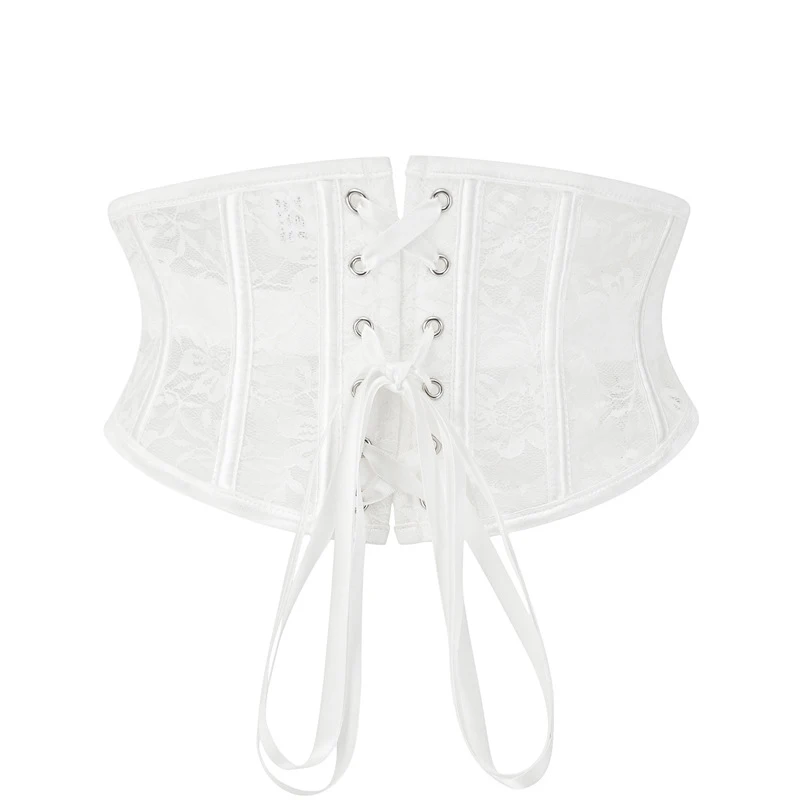Introduction to 1800s Corsets
Corsets were a significant part of fashion in the 1800s, shaping women’s clothing and influencing societal norms. These garments were designed to mold the torso into a desired shape, creating an idealized silhouette that was both fashionable and culturally significant. In this article, we will explore the history, design, societal implications, and evolution of corsets during the 19th century.
1800s corset were more than just fashion statements; they were symbols of status and morality. They represented the ideal female form, reflecting societal expectations and cultural values. Understanding the corset’s role in this era provides insight into how fashion and culture intersected. This article will delve into the various styles, materials, and changes that corsets underwent throughout the century.

The Early 1800s: Corsets and the Regency Era
Fashion and Design in the Regency Era
The Regency Era, spanning from 1800 to 1830, marked a shift in corset design. During this period, fashion moved away from the rigid and highly structured corsets of the 18th century. Instead, the Regency corset was lighter and less restrictive, reflecting the relaxed and elegant style of the time.
These corsets were designed to create a high-waisted look, which was a departure from the previous emphasis on a tightly cinched waist. The Regency corset typically ended just below the bust, allowing for a more natural silhouette. This design shift was influenced by the neoclassical revival, which emphasized simplicity and natural beauty.
Materials used in Regency corsets included lightweight fabrics like cotton and muslin. These materials provided comfort and allowed for greater freedom of movement. The corsets were often decorated with simple trims and minimal boning, which contributed to their ease of wear. This period also saw the introduction of the drawstring waist, which allowed for some adjustability.
Societal Impact and Fashion Trends
The changing corset style in the Regency Era reflected broader societal trends. The period was characterized by a fascination with classical antiquity and a desire for simplicity. This influence was evident in the fashion of the time, which favored more natural and flowing lines over the elaborate and structured styles of the previous century.
The high-waisted, Empire silhouette became popular, and corsets played a crucial role in achieving this look. Women embraced a softer, more relaxed figure, which contrasted sharply with the rigid and exaggerated forms of earlier eras. The Regency corset’s design allowed women to move more freely, which was in line with the era’s emphasis on grace and elegance.
Socially, the changes in corset design also signified a shift in attitudes toward women’s fashion. The move towards more comfortable and less restrictive clothing mirrored a broader cultural shift towards valuing personal comfort and well-being. This period laid the groundwork for further developments in corset design throughout the 19th century.
The Mid-1800s: Corsets and the Victorian Era
Victorian Corset Design and Features
The Victorian Era, spanning from 1837 to 1901, brought significant changes to corset design. This period was marked by a return to more structured and restrictive garments, reflecting the social values and ideals of the time. Victorian corsets were designed to create a pronounced hourglass figure, with a sharply cinched waist and a full bust and hips.
Victorian corsets were typically made from sturdier materials like silk, satin, and brocade, and were often reinforced with steel or whalebone. These materials provided the necessary rigidity to achieve the desired silhouette. Corsets during this time were often tightly laced, creating a dramatic contrast between the waist and the bust and hips.
Design features of Victorian corsets included high, closed fronts and full back closures. Many corsets also incorporated gussets and eyelets to enhance fit and comfort. The use of busks, or front fastenings, became more common, making it easier to put on and remove the corset. Despite these advancements, the corsets were still quite restrictive and required a certain level of skill to lace properly.

Social Implications and Body Image
The restrictive nature of Victorian corsets had significant social and cultural implications. The idealized hourglass figure became a symbol of femininity and social status. Women of the era were expected to conform to this ideal, which often involved enduring discomfort and even health issues.
Corsets were associated with notions of moral and social propriety. A tightly laced corset was seen as a sign of modesty and self-discipline. However, this ideal also led to various health problems, including respiratory issues, digestive problems, and deformities. The pursuit of an idealized figure often came at the expense of physical well-being.
Victorian corsets also reflected broader societal attitudes towards women. The emphasis on a narrow waist and exaggerated curves reinforced traditional gender roles and expectations.
The Late 1800s: Changing Corset Styles and Emerging Trends
Innovations and Changes in Corset Design
As the 19th century progressed, corset design continued to evolve. The late 1800s saw the introduction of new materials and construction techniques that influenced corset styles.
One significant innovation was the introduction of the “Grecian bend” corset, which aimed to create a softer and more natural silhouette. This design featured a less pronounced waist and a more relaxed fit, reflecting changing attitudes towards fashion and comfort. The Grecian bend corset marked a shift away from the extreme hourglass figure that had characterized earlier Victorian styles.
Another development was the rise of the “S-bend” corset, which created a pronounced curve in the back and a forward-leaning posture. The S-bend corset was a response to changing fashion trends and the desire for new and innovative silhouettes.
Social and Cultural Shifts
The changes in corset design during the late 1800s reflected broader social and cultural shifts. The increasing emphasis on comfort and practicality in fashion was indicative of a growing awareness of the physical toll of restrictive garments. The introduction of more flexible and comfortable corsets was a response to demands for greater freedom of movement and improved health.
The late 1800s also saw the rise of the women’s suffrage movement and other social reforms that challenged traditional gender roles. As women fought for greater rights and freedoms, their clothing and fashion choices began to reflect these changing attitudes. Corsets became less of a symbol of social status and more of a personal choice, with women seeking styles that suited their individual needs and preferences.
Fashion in the late 1800s also began to embrace a wider range of styles and influences. The diversity of corset designs and the growing popularity of alternative silhouettes reflected a more dynamic and evolving fashion landscape. Women increasingly sought out clothing that allowed for greater self-expression and comfort, signaling a shift away from the rigid and uniform styles of earlier decades.
Conclusion: The Legacy of 1800s Corsets
Corsets and Their Enduring Impact
The corset’s evolution throughout the 1800s reflects broader changes in fashion, society, and culture. From the relaxed Regency styles to the restrictive Victorian designs and the innovative late 19th-century trends, corsets played a crucial role in shaping women’s clothing and ideals. Understanding the history of corsets provides insight into how fashion intersects with social norms and personal identity.
The legacy of 1800s corsets extends beyond their historical context. Modern fashion continues to draw inspiration from past styles, and corsets remain a symbol of both historical elegance and contemporary creativity.

The Evolution of Fashion and Gender Norms
The history of corsets also highlights the evolving nature of fashion and gender norms. As corset designs changed, they mirrored shifting attitudes towards women’s roles, comfort, and self-expression. The transition from restrictive garments to more flexible and diverse styles reflects broader societal changes and the ongoing quest for personal freedom and authenticity in fashion.
1800s corset, as a historical garment, offer a unique perspective on the intersection of fashion, culture, and identity. By examining their evolution, we gain a deeper understanding of how clothing shapes and reflects our values, aspirations, and experiences. The 1800s corset, with its complex history and enduring influence, remains a fascinating and important chapter in the story of fashion.